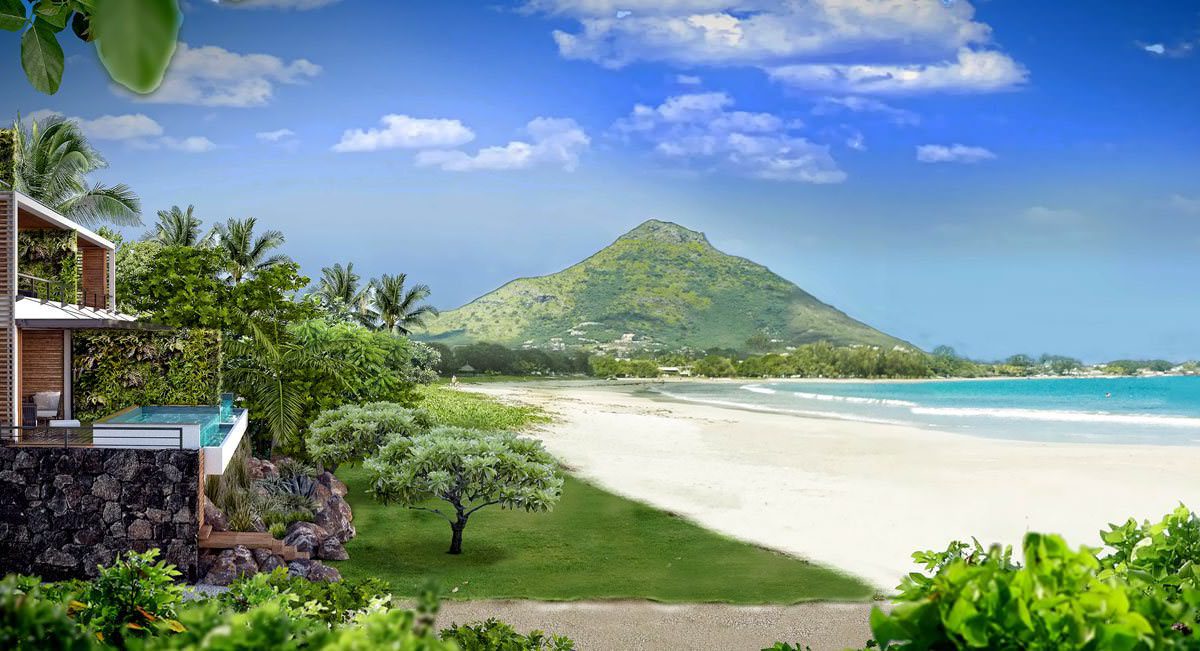Live in Mauritius

Mauritius at a glance. It’s a lifestyle choice. Voici l’île Maurice en un clin d’oeil.
Foreigners find Mauritius as an appealing place for a secondary home; some might call it a holiday home. The decision to Live in Mauritius is very often linked to a lifestyle need. Here’s a quick introduction to the island.
The Glittering North
If the North could be summed up to a colour, it would certainly be turquoise emerald. Going along the northern coast of the island, from Pointe aux Piments to Grand Gaube, wherever you look, this turquoise emerald accompanies you all the way. Glittering under the sun’s rays, the northern lagoons are constant invitations for a swim. And as you stroll along the coast, you will discover some of the most exotic beaches. Pointe-aux-Piments, Trou-aux-Biches, Mont-Choisy, Grand-Baie, Péreybère, Cap-Malheureux and Grand-Gaube are the popular ones.
The magic held by the colors of the lagoon, the unobstructed view on the islands in the North give this place a sense of enchantment. This coastal road sends us a paradise like image of the island. The postcard destination is displayed in its entire splendor. The North is favored by foreigners for its nightlife. One can in fact find numerous restaurants, pubs, supermarkets, renowned private schools and excellent bakeries. No wonder why the North is a reference among tourists.
The Authentic South
When you head to the south, what strikes you is the scenery with its colors and the special feel of the environment. This region, stretching itself from Mahebourg to Le Morne, from one point to the other, is exceptional. From small coastal villages to the township, the coast is wild and the open sea is never far off. You will discover another aspect of the island which hides its treasures jealously. Compared to the North of the island, the South lacks public infrastructures and remains untouched. It should be noted that it winds during winter, which is between June and September.
The East, land of contrasts
You wish to live in Mauritius, you might be very well tempted with the East coat. Along the coastline, stretching from Poste Lafayette to Trou d’Eau Douce, there is a string of ten of the most prestigious and luxurious hotels on the island. The lagoon is of a deep blue and the continuous movement of the waves makes it an ideal place for a swim. The sea is neither too calm nor too tumultuous. The volcanic rocks confer a natural charm to the place and several hotels have made the most of these natural creeks to give more intimacy to their complex. Although the perfect place to go for vacation, the East region is not too popular to the foreigners because of the lack of trades and animations. Are you ready to live in Mauritius? Next stop is the West coast.
The West, nested between the ocean and mountains
The West coast stretches from the foreland of Le Morne to the lighthouse of Albion. Not as wild as the southern coast, this part of the island has still preserved its identity. Between crystal-clear waters and the exposure to the wind, Le Morne is a privileged place for water sports and a paradise for kitesurfers. The place is in fact classified among the world’s best spots. It is worth mentioning that Le Morne has a historical significance as it has been classified as a World Heritage site by the UNESCO to pay tribute to the maroon slaves who had taken refuge there during the colonial period.
In recent years, the West coast has attracted French and South-Africans foreigners. They usually seek an oasis of freshness while being close to the main facilities. The West coast is considered as the second seaside resort on the island behind the North. This region, nested between sea and mountains, offers breathtaking views on the surrounding nature.
If you decide to live in Mauritius, you will want to think about what you are seeking for as lifestyle attributes. It is important to also note that everything is almost at arms reach.
